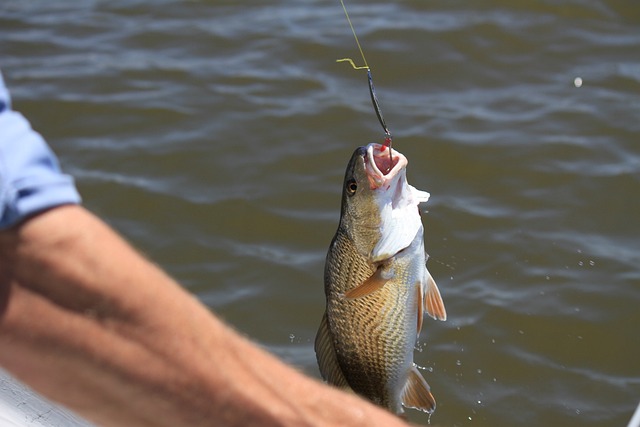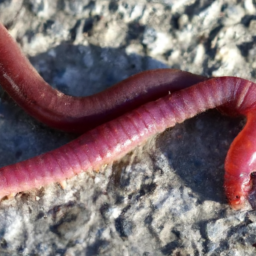In this article, you will learn some useful tips on how to identify different species of fish. Identifying fish species can be both exciting and challenging, but with the right knowledge and techniques, it becomes much easier. Whether you’re an avid angler, a marine biologist, or simply have a curiosity for the underwater world, understanding how to identify different species of fish can enhance your experience and appreciation of these fascinating creatures.
To begin, one of the key aspects of identifying fish species is examining their physical features. Pay attention to the body shape, size, and coloration of the fish. Take note of any unique markings, patterns, or distinct features such as fins or scales. Additionally, observing the fish’s behavior and habitat can also provide clues to their species. Factors such as where they are found, their feeding habits, and their preferred temperature or water conditions can all be indicative of specific fish species. By combining these physical and behavioral observations, you can better narrow down the potential species and start to identify the fish you encounter in various environments.
How Can I Identify Different Species Of Fish?
If you have ever found yourself marveling at the variety of fish species in a body of water, you may have wondered how to distinguish between them. With their vast diversity in size, shape, color, and behavior, identifying different species of fish can be a challenging but rewarding endeavor. In this article, we will explore various methods and techniques that can help you in your quest to identify the numerous species that inhabit our waters.
Physical characteristics to look for
One of the first things to consider when identifying fish species is their physical characteristics. Take note of their body shape, fin placement, and mouth structure. Compare these features to known fish species to narrow down the possibilities. For example, a long, slender body with a pointed snout and an elongated dorsal fin is a common characteristic of many species of needlefish.
Color patterns and markings
Color patterns and markings can provide valuable hints to identifying fish species. Observe the fish’s overall coloration, the presence or absence of stripes or spots, and any unique patterns or markings on their body. For instance, the distinct vibrant blue and yellow stripes of the regal tang or the zebra-like stripes of the zebrafish are excellent indicators of their respective species.
Size and shape
Size and shape are crucial factors in determining fish species. Measure the length of the fish and compare it to known species in identification guides or databases. Pay attention to distinctive features such as a humpbacked shape, a flat body, or a laterally compressed body. These characteristics can help you narrow down your search and identify the specific species of fish you are observing.
Habitat and behavior
Understanding a fish’s habitat and behavior can also aid in species identification. Different species of fish have certain preferences when it comes to their living environment. Some fish thrive in freshwater streams and rivers, while others prefer saltwater oceans or estuaries. Additionally, observing their behavior, such as feeding habits or mating rituals, can provide important clues about their species.
Fin and scale patterns
The fin and scale patterns of a fish can often reveal distinct characteristics that differentiate one species from another. Study the size, shape, and arrangement of the fish’s fins, as well as any unique markings or coloration on them. Similarly, examine the scales closely and note any distinctive patterns or arrangements. These details can be essential in identifying the specific species of fish you are encountering.
Use of identification guides
Identification guides are invaluable tools for identifying fish species. These guides typically include detailed illustrations or photographs of various fish species, along with descriptions of their physical characteristics, habitats, and behaviors. Consider investing in a comprehensive field guide specific to your region or utilizing online resources and smartphone applications designed for fish identification. These resources can help you quickly narrow down possibilities and make a confident identification.
Comparison with known species
In some cases, you may come across a fish species that closely resembles several others. When faced with such challenges, it can be helpful to compare the characteristics of the unknown fish with known species that it resembles. Note the similarities and differences in physical features, color patterns, and behavior. By carefully examining these distinguishing traits, you can gradually eliminate possibilities and arrive at a more accurate identification.
Consulting experts and resources
If you find yourself struggling to identify a fish species on your own, do not hesitate to seek assistance from experts or utilize additional resources. Local marine biologists, fisheries departments, or professional anglers have extensive knowledge and experience in identifying fish species and can help guide you in the right direction. Online forums, social media groups, and fish identification websites can also be valuable resources for seeking help and connecting with others who share your interest in fish identification.
DNA analysis for accurate identification
For accurate identification, especially when dealing with similar-looking species, DNA analysis can provide definitive answers. DNA sequencing techniques have become more accessible and affordable in recent years, making it possible for researchers and enthusiasts alike to use genetic markers to identify fish species accurately. While this method may not be practical for everyday fish identification, it can be a powerful tool in resolving complex cases or confirming suspicions.
Conclusion
Identifying different species of fish can be a fascinating and rewarding pursuit for nature enthusiasts, anglers, and researchers alike. By studying physical characteristics, color patterns, size and shape, habitat and behavior, fin and scale patterns, and utilizing identification guides, you can significantly improve your ability to differentiate between fish species. When faced with challenges, consult experts, compare with known species, and utilize resources to aid in identification. With determination and practice, your knowledge and skills in identifying fish species will continue to grow, allowing you to fully appreciate the rich diversity of our aquatic ecosystems. So, grab your fishing gear and get ready to explore the fascinating world of fish identification!


